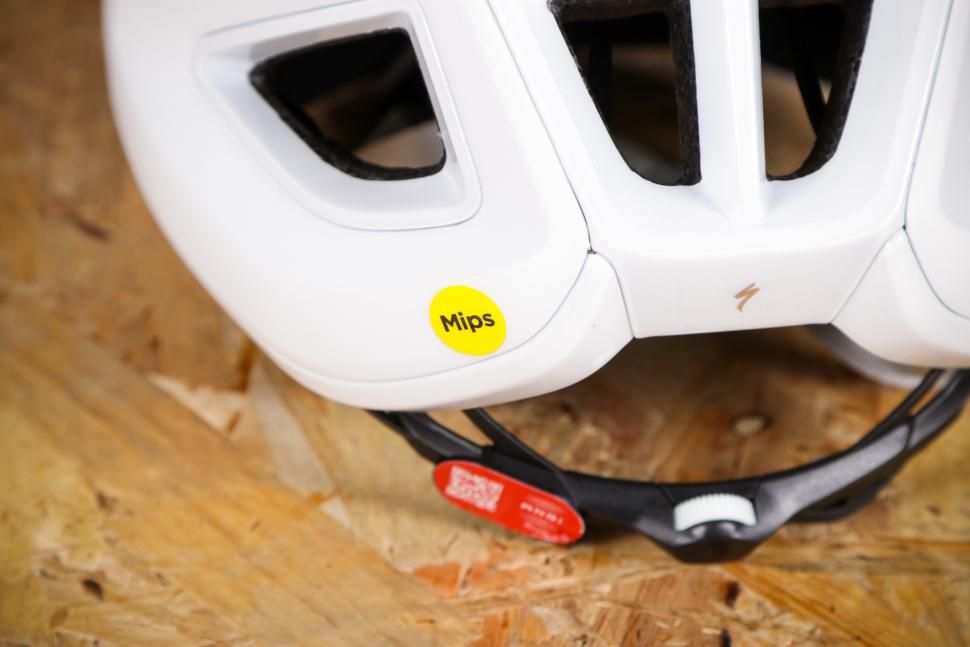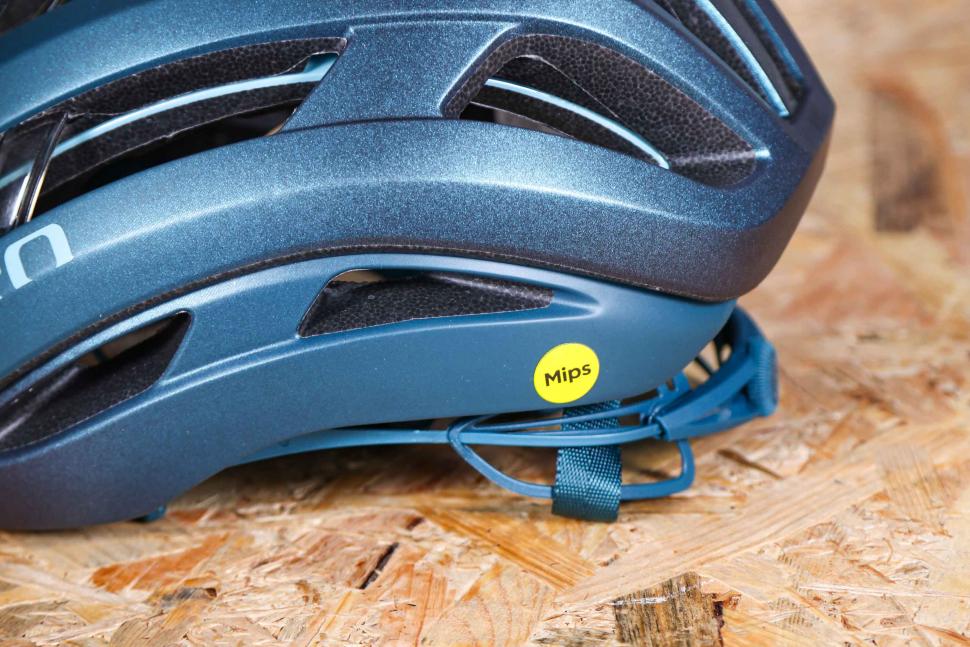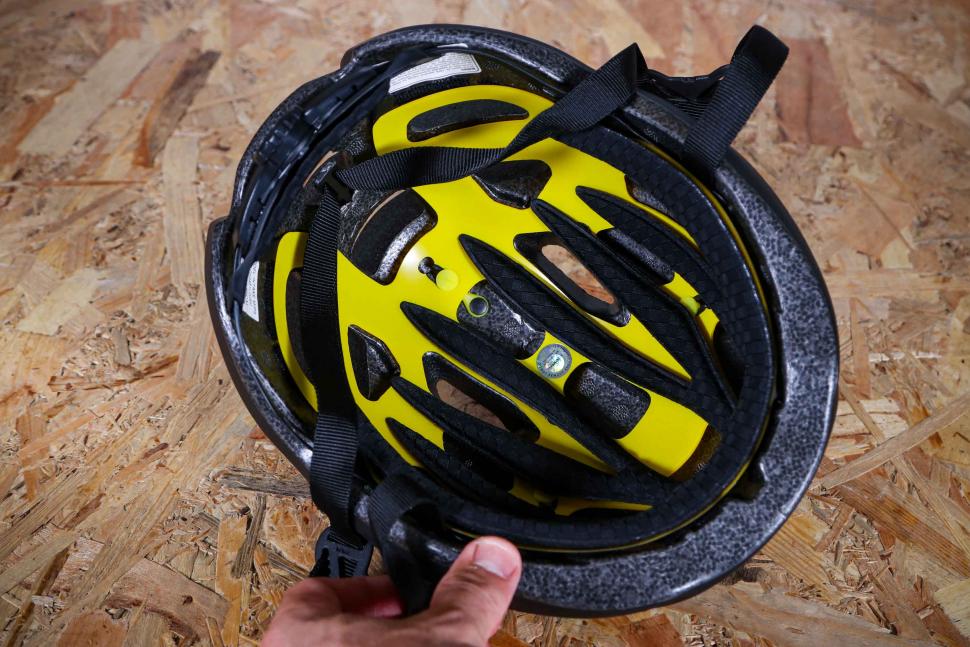- News
- Reviews
- Bikes
- Components
- Bar tape & grips
- Bottom brackets
- Brake & gear cables
- Brake & STI levers
- Brake pads & spares
- Brakes
- Cassettes & freewheels
- Chains
- Chainsets & chainrings
- Derailleurs - front
- Derailleurs - rear
- Forks
- Gear levers & shifters
- Groupsets
- Handlebars & extensions
- Headsets
- Hubs
- Inner tubes
- Pedals
- Quick releases & skewers
- Saddles
- Seatposts
- Stems
- Wheels
- Tyres
- Tubeless valves
- Accessories
- Accessories - misc
- Computer mounts
- Bags
- Bar ends
- Bike bags & cases
- Bottle cages
- Bottles
- Cameras
- Car racks
- Child seats
- Computers
- Glasses
- GPS units
- Helmets
- Lights - front
- Lights - rear
- Lights - sets
- Locks
- Mirrors
- Mudguards
- Racks
- Pumps & CO2 inflators
- Puncture kits
- Reflectives
- Smart watches
- Stands and racks
- Trailers
- Clothing
- Health, fitness and nutrition
- Tools and workshop
- Miscellaneous
- Buyers Guides
- Features
- Forum
- Recommends
- Podcast
news
 2022 S-Works Prevail 3 helmet - Mips logo.jpg
2022 S-Works Prevail 3 helmet - Mips logo.jpg"Drastic slowdown" in demand sees MIPS' net sales slump 46% in final quarter of 2022
MIPS, the Swedish company behind the helmet safety system seen in many big-name brands' lids, suffered a "substantial negative impact on sales" from the "drastic slowdown in the bike sector" in the second half of last year, with net sales down 46 per cent in Q4.
The figures, first reported by Bicycle Retailer and Industry News show that a 50 per cent drop in bike helmet sales in the fourth quarter of 2022 saw sales slump by £7.2 million compared with the same period in 2021.
Despite the "substantial" hit in Q4, the brand's CEO Max Strandwitz noted that for the year the company only experienced a seven per cent drop in net sales.
The Stockholm-based brand is behind the design that allows 10-15mm of relative motion between the helmet and the head in all directions in order to reduce rotational motion transferred to the brain in the event of an impact, protecting against brain injury.
Its distinctive yellow liners can be found in many a big-name lid, such as some from Bell, Giro, Specialized, Bontrager, Lazer, MET and Poc, but notably not Kask.
> MIPS comes out fighting in helmet safety debate
Net sales for the fourth quarter were 107 million Swedish Krona (£8.5 million), down from 198 million SEK (£15.7 million) in the final quarter of 2021.
Overall, last year, net sales were 563 million SEK (£44.5 million), down from 608 million SEK (£48.1 million) in 2021.
"The fourth quarter closes a different, challenging but also successful year," CEO Strandwitz said. "A drastic slowdown in the bike sector in the second half of the year had a substantial negative impact on sales in sport, our largest category.
"While we had to deal with the short-term challenging market for our largest category, we have taken big steps for the future through several initiatives and successes within other categories. We have also continued to strengthen our brand position, product portfolio and organisation.
Despite the hit last year, Strandwitz remains optimistic the bike industry will "start to recover" this year.
> All you need to know about MIPS
"We stand by our earlier assessment that the bike market will start to recover during spring 2023," he predicted.
"Our assessment is still that over time there will be excellent opportunities for growth and solid consumer demand in the bike category, mainly driven by our increased market penetration and the strong underlying trends regarding these types of helmets."
In November, MIPS defended the efficacy of its helmet safety system, saying that its test methods meet the highest scientific standards and that its results are based on the most realistic head form currently available.
It said that results from two of the key head forms used in helmet safety testing both show its system to be effective in protecting against brain injury after comments from Kask sparked something of a helmet safety debate, just not quite like the one you are all no doubt bored of hearing about too.
Dan is the road.cc news editor and joined in 2020 having previously written about nearly every other sport under the sun for the Express, and the weird and wonderful world of non-league football for The Non-League Paper. Dan has been at road.cc for four years and mainly writes news and tech articles as well as the occasional feature. He has hopefully kept you entertained on the live blog too.
Never fast enough to take things on the bike too seriously, when he's not working you'll find him exploring the south of England by two wheels at a leisurely weekend pace, or enjoying his favourite Scottish roads when visiting family. Sometimes he'll even load up the bags and ride up the whole way, he's a bit strange like that.
Latest Comments
- Pub bike 20 sec ago
This looks like a cross between the Ritchey Breakaway and a full S&S coupled bike so beautifully executed but not a new idea. I see from the...
- David9694 1 hour 10 min ago
Stouport residents bemoan huge traffic queues through town...
- lonpfrb 8 hours 35 min ago
That argument is ignorance of the widespread height and width restrictions to be found on the many minor roads that were originally created for...
- rookybiker 12 hours 4 min ago
The trailer seems to connect to both ends of the rear axle. Can it do tight corners without dragging the tyre sideways?
- froze 12 hours 7 min ago
Motorists have always been unkind to cyclists, but distracted driving is adding to the problem....
- Destroyer666 13 hours 58 sec ago
Have you owned Bont shoes? In my experience even the widest Lake shoes have had a bizarre form of narrowing way too much in the toe area. But the...
- froze 13 hours 28 min ago
Not sure if this is possible, but this news letter goes out all over the world, and some places like Decathlon does not send stuff to America, in...
- Hirsute 14 hours 13 min ago
I'm confused as to why you'd need bib shorts indoors.
- Oldfatgit 14 hours 42 min ago
I'm sure you were being sarcastic... however ... Lewis Hamilton lives in Monaco. Yet another car driver that doesn't pay any tax



Add new comment
15 comments
I'm still highly sceptical about the real world difference MIPS makes, and I have yet to see independent research that convinces me otherwise.
Seems highly overrated to me.
Watch out for a forthcoming road.cc article explaining how you can get most of the benefit more cheaply by wearing tin foil under your helmet to reduce friction.
Will those silicone baking sheets work as well?
If you're a tough cookie, yes.
I am not a tough cookie at all, just a regular guy.
That doesn't mean I take all marketing mumbo jumbo for truth just like that. There's reason enough not to, especially in the cycling business.
These 10-15mm of decelaration will probably be very helpful. My helmet is not MIPS but my next will probably be if they are still not crazy priced.
My feeling is they won't be helpfull at all, or hardly.
It seems to me the impact is not decelerated, but merely postponed.
Without MIPS, you fall, your helmet hits the ground, resistence from the ground surface grips your helmet, so the helmet stays in that position, and as a result, your head is held in that position too (causing your brain to rotate inside your skull, not good). With MIPS the same happens, except your head first has room to rotate within the helmet, but after 1,5cm rotation you run out of 'rotation margin' and than your skull will still be held in position with the helmet. That seems pretty useless to me.
The virginia tech testing which is some of the best testing there is to apply to real world situations (far better than any of the tests needed for helmets to be certified) shows Mips working really well. It seems like most of the 5 star helmets use mips or one of the competitors versions of the same thing: https://www.helmet.beam.vt.edu/bicycle-helmet-ratings.html#!
So after a few bumper years sales have crashed, the C19 bubble has burst and will take several years (if it ever does) to recover as peope who bought bikes/ kit dump them on the 2nd hand market and go back to golf/their older pre-C19 interests, add in recession (implied or real), and people will look for lower end/cheaper things, or not replace if not needed
None of this is a suprise to anyone it seems other than the bike companies
I for one buy a new helmet every year, but this year didn't buy one with mips
I'm looking for a new helmet (mine's about 5 years old). What made you decide agaisnt MIPS?
Price id assume. There is normally a small price premium when it comes to those helmets.
I cant help think the bike industry has very unrealistic expectations for sales, they seem to believe its just a matter of constant growth.
Lets say I had bought a MIPS helmet last year, why would I buy another one this year ?
This is how all industries operate - it's not enough to run a successful, profitable business. Share-holders demand growth - the business must increase turnover and profits year after year so the shares you bought are worth more and more. It's all about share values, not about sustainability.
Hence it's not enough to invent MIPS, get it into helmets and sell MIPS-equipped helmets at a profit every year. You have to expand the market. Expect MIPS-equipped bibs, MIPS-equipped jerseys, MIPS for pedestrians, etc.
EDIT: I've been thinking about MIPS-equipped bibs.
The pad doesn't move agaisnt your skin, the shorts don't move against the saddle but there's 10--15mm of movement. Would that prevent chafing?
This question is totally unrelated to me cycling home from work in normal pants instead of changing into padded shorts yesterday.
regarding bibs - you're late, Assos already has it